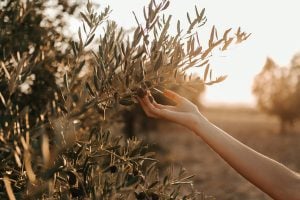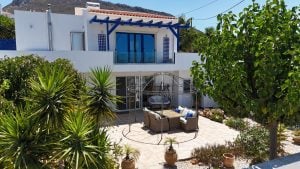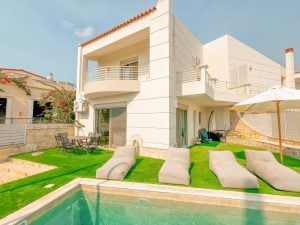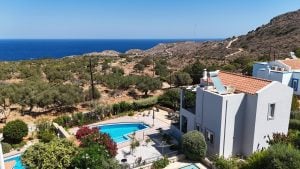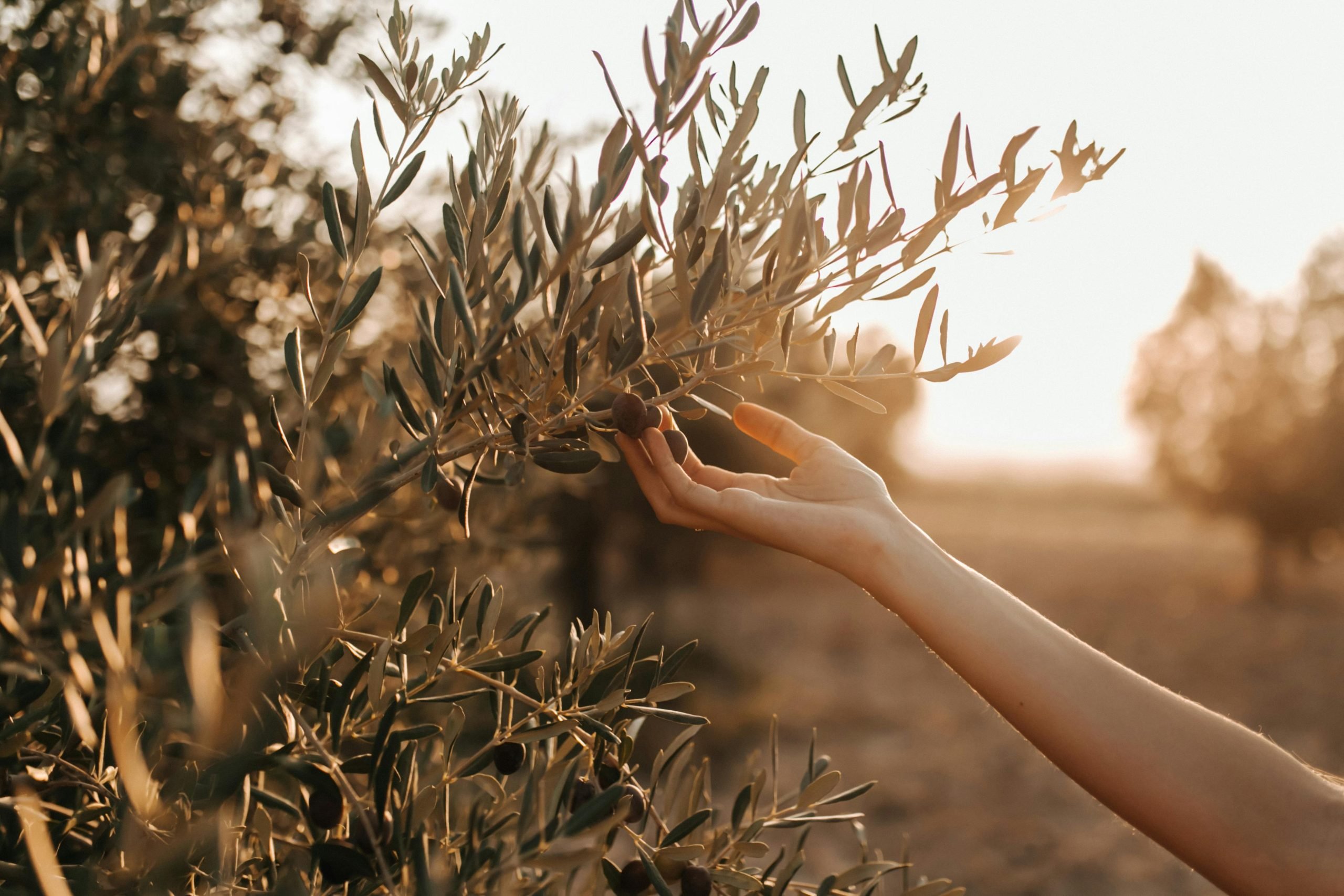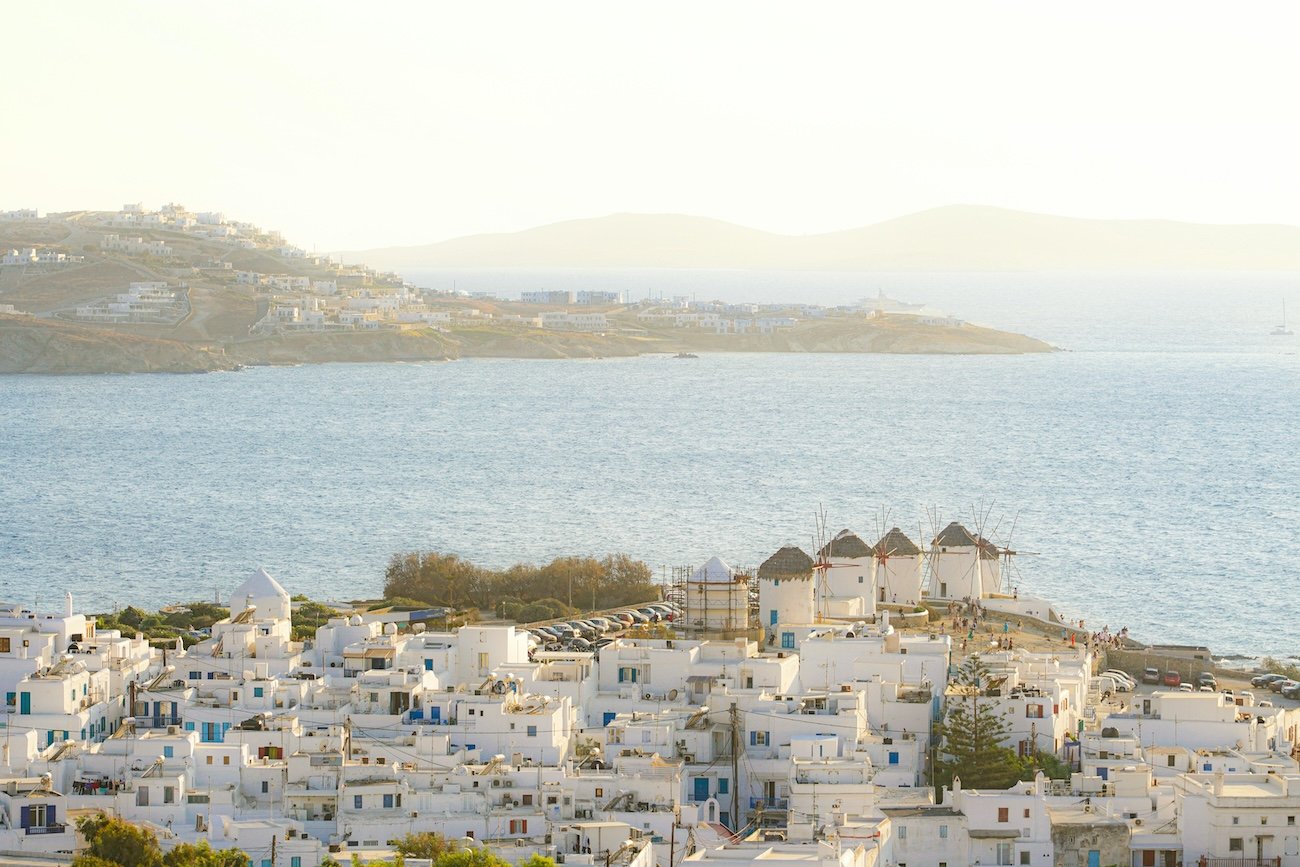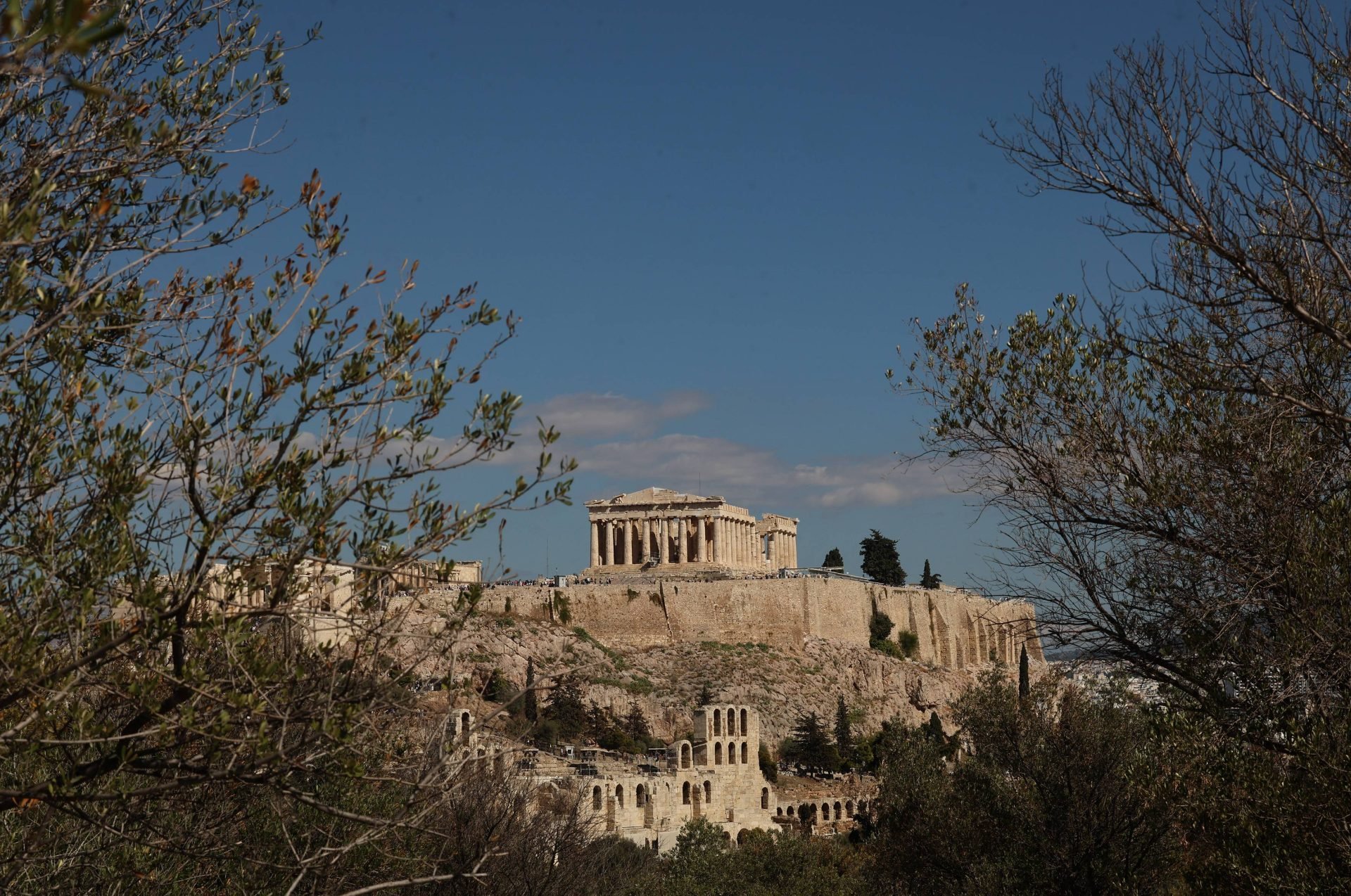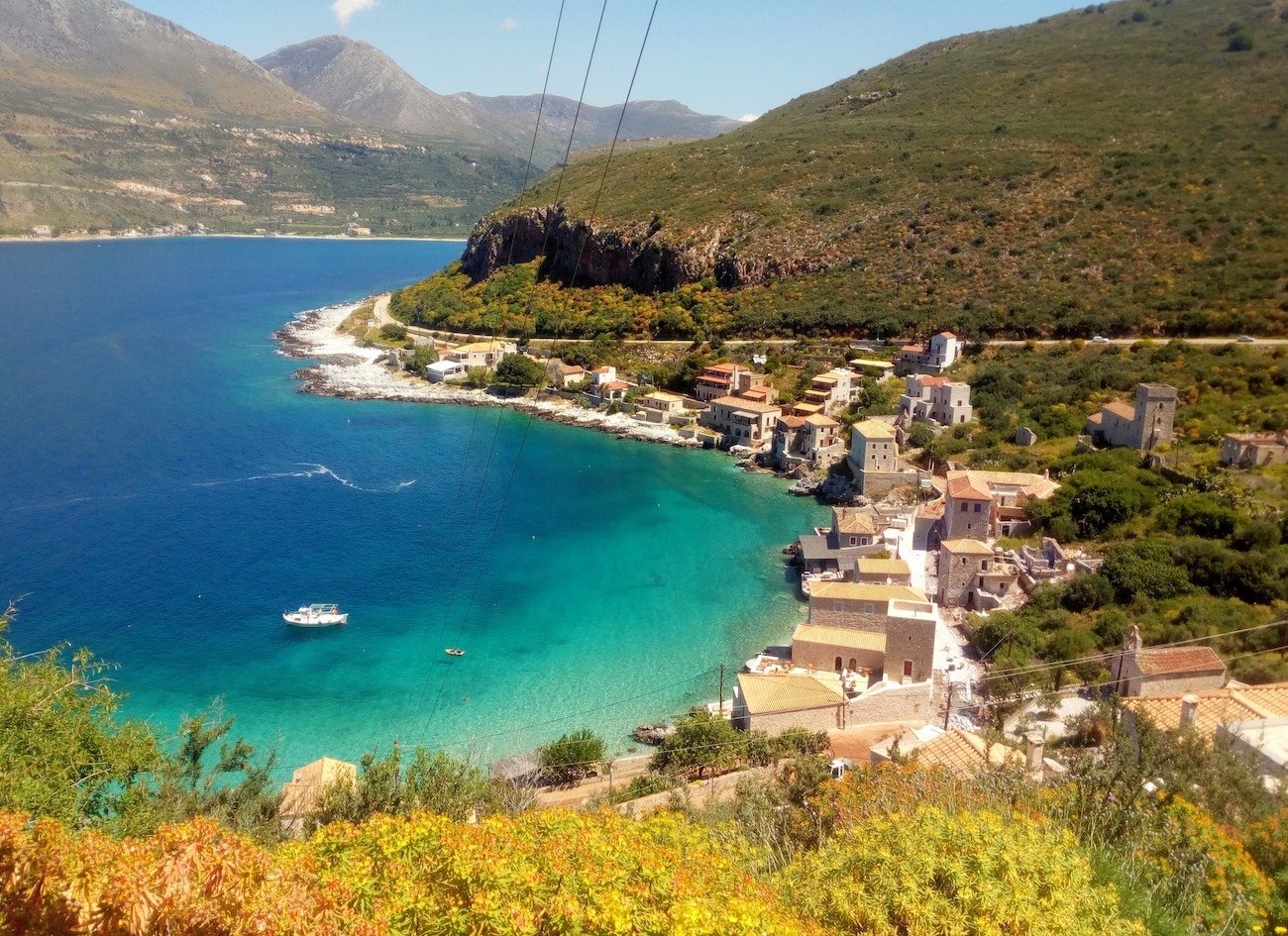The island of Chios is known for its biggest export, mastic. It is sometimes spelled “Mastiha” or “Mastixa.” It is known as the “White Gold of Greece” or “Tears of Chios” among locals. The Greeks have produced this sticky resin, which is expelled from the bark of the mastic tree, since antiquity. Mastic is known for its flavor and also for its therapeutic value.

History of Mastic:
Historically, mastic’s use as chewing gum can be traced back thousands of years. It is said that Herodotus was the first person to make use of the resin, in the 5th century BC.
Mastic became a prominent source of income for many families on Chios island, primarily on the southern part of the island. It was shipped into Europe and even into parts of Asia.
UNESCO has even placed the process of gathering mastic on Chios island on its “Intangible Cultural Heritage of Humanity” list.
Today, Chios has a Mastic Museum, which tells the story of Mastic’s production and international footprint.
The Mastic Tree
Mastic trees are remarkable and live more than 100 years. When the tree is fully grown, it is 5 meters tall. Their resin is produced from the 5th to the 70th year of the tree’s life.

You can see from this picture the way that the mastic sap drips down like tears and is harvested by locals in Chios town.
There are other species of Mastic trees that can be grown in other parts of the world, but the only place where the resin is cultivated is in Chios. The specific micro-climate of the southern part of the island, with its rocky climate and low humidity, creates a uniquely flavorful result.
Benefits of Mastic
Products that include the mastic resin have therapeutic qualities. For example, mastic assists with digestion, protects your teeth from decay, and reduces inflammation. Some even argue that it helps with the healing of wounds.
Mastic is used to flavor sweets and drinks, to cook, and to make alcoholic beverages. Mastic is most famous for its use in Mastiha, a unique liquor that is only produced on Chios island.

Mastic Villages
Chios island is scattered with so-called “Mastic Villages.” They date back to the Byzantine times, but it wasn’t until the rule of the Venetians in the 14th century that mastic growing was systematized in these locales. The Genoese designated these villages as mastic centers so that the Genoese could create a monopoly on mastic.
To protect the mastic villages and their valuable mastic from invaders in medieval times, these cities were built in places that were invisible from the sea.
Today, 24 villages on Chios island are known as mastic villages. Some of the best-known villages for mastic production are Armols, Kalamoti, Mesta, Patrika, Pyrgi, and Callimasia, among others.
Some researchers say that Christopher Columbus lived in Chios. He was a descendant of a Venetian family from the town of Pyrgi (known in English as “Tower”), which is pictured below.
Planning your visit
If you want to experience the mastic culture in Chios for yourself, a visit to these medieval villages is necessary. It is also possible to be part of mastic cultivation through the local agritourism programs that are led by local agencies.
In these programs, you can be a part of the cultivation, growing, harvesting, and cleaning process of mastic. To find out more about these programs and to take part, find out more on the Chios local tourism website.




